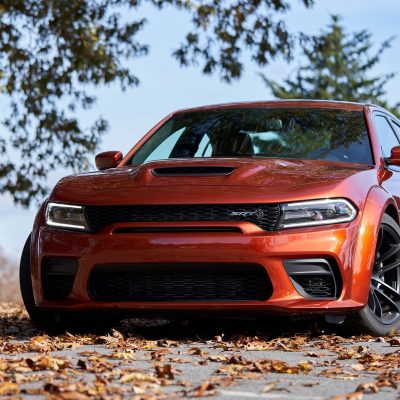However, architecture photography can also be a struggle. There’s a lot to consider–and it’s easy to get discouraged.
In this article, you’ll discover some key techniques and tricks…
…to ensure that you consistently capture gorgeous architecture photos!
Let’s dive right in.
Carefully Choose Your Lighting for the Best Architectural Photography
If you want stunning architectural photos, then you have to think about the light. There’s no way around it.
Start by studying the light. Try to become aware of how the light changes throughout the day–and the sort of shadows it creates.
Then pick a piece of architecture. Observe the sun’s movement. Consider how the light interacts with the architecture. This will give you a sense of the ideal time to take photos.
A few tips:
- Sometimes strong shadows can make a bold image, but other times you may want the light to be very soft and even.
- Avoid shooting a building when it’s backlit, as this creates a blown-out sky and hazy, dark building.
Once you know the time of day that’s ideal for your photo, arrive on location earlier than necessary. This will give you a few minutes to get in position.
Take out all your gear and make sure you set up carefully. At the beginning and end of the day, the light changes very quickly–so having a few extra minutes is better than missing your shot completely!
If you feel that you don’t have much context to show, use this trick:
Simply frame your subject with a foreground object.
For instance, you can frame a building with a tree, a window opening, or blurred objects in the foreground.
That way, you’ll tell an interesting story with your architectural photography.
And the viewer will be sucked right in!
Focus on Texture for Abstract Architecture Photography
The texture of a building can be a great tool for beautiful architectural photos!
In particular, you can use texture to create abstract photography of architecture.
Look for patterns and surfaces that seem especially interesting. Reflections can also be a source of texture. The building material can be reflecting a beautiful sky. Or the building can be reflected on surfaces like mirrors, windows, or puddles.
When you find a building with texture, get close. If you have a zoom lens, use it.
You want to emphasize the lines and shapes of the texture. It’s far less important than you show the building as a whole.
If you do this, you’ll capture some fabulous abstract images of architecture! Images that are original–and that you can be proud of.
Carefully Choose Your Gear for Gorgeous Photos of Architecture
Here’s the thing:
In architectural photography, you must capture images that are sharp throughout.
This requires a deep depth of field–and a long shutter speed. So you’re going to need a tripod.
This is especially true if you’re shooting at dawn or dusk.
You also need to carefully choose your lens.
You have a few options:
Tilt-shift lenses are perfect for architectural photography. They allow you to capture photos without distortion–which is often tough to pull off when you’re photographing architecture.
Wide-angle lenses are another great option. For full-frame cameras, a lens in the 16-35mm range is ideal. The cropped-sensor equivalent to this is a 10-24mm lens.
Any time you shoot with wide-angle lenses, be aware of the distance from your subject. The closer you are to the building, the more distorted the image will look. Try to minimize this as much as possible.
A final option for architectural photography is a telephoto lens (in the 70-200mm range). This lens is a good fit if you know you won’t be able to get close to a building. It’s also great for close-up photos of a building.




